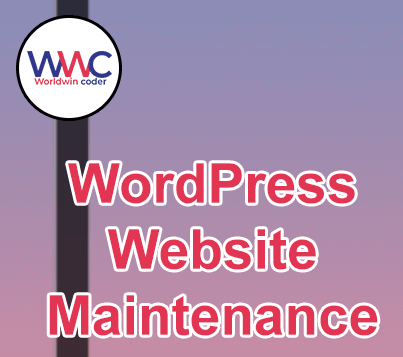In the fast-paced world of online content, a sluggish website can be a deal-breaker for your audience. One of the key factors influencing your WordPress site’s speed is its database. Over time, as you create and manage content, your database can become cluttered and inefficient. In this article, we’ll explore the importance of WordPress database optimization and provide you with actionable tips to enhance your site’s performance.
Understanding the Importance of Database Optimization
Your WordPress database is like a digital filing cabinet where all your site’s content, settings, and user data are stored. As this database grows, it can impact your site’s loading speed, making it crucial to optimize regularly. Here’s why it matters:
1. Improved Loading Speed
Optimizing your database reduces the time it takes for your site to retrieve and display information. Faster loading speeds not only enhance the user experience but also contribute to better search engine rankings.
2. Enhanced User Experience
A slow website can lead to higher bounce rates and decreased user satisfaction. Optimizing your database ensures a smooth and seamless experience for your visitors, keeping them engaged and increasing the likelihood of conversion.
3. Efficient Resource Utilization
An optimized database consumes fewer server resources, preventing unnecessary strain on your hosting environment. This is particularly crucial for shared hosting plans where resource allocation is limited.
Actionable Tips for WordPress Database Optimization
Now that we understand the importance of database optimization, let’s delve into practical steps you can take to ensure your WordPress site runs at peak efficiency.
1. Regular Backups
Before making any changes, always perform a backup of your website. This ensures that you can restore your site to its previous state in case anything goes wrong during the optimization process.
2. Delete Unused Plugins and Themes
Inactive plugins and themes not only take up space but may also have residual data in your database. Remove any unnecessary plugins and themes to declutter your database.
3. Optimize Database Tables
Use the built-in optimization feature in WordPress or consider using plugins like WP-Optimize to clean up and optimize your database tables. This process can reclaim valuable space and improve performance.
4. Clean Up Post Revisions and Drafts
WordPress automatically saves post revisions and drafts. While this is a useful feature, it can contribute to database bloat over time. Limit the number of revisions saved per post or use a plugin to manage and delete old revisions.
5. Optimize Images and Media Files
Large media files can contribute to slow loading times. Compress images and other media files before uploading them to your site. Additionally, consider using lazy loading to defer the loading of offscreen images.
6. Utilize a Content Delivery Network (CDN)
A CDN distributes your website’s static content across multiple servers worldwide, reducing latency and speeding up page load times. Integrate a CDN with your WordPress site for improved performance.
7. Implement Caching
Caching reduces the server load by storing static versions of your site’s pages. Use caching plugins like W3 Total Cache or WP Super Cache to enhance performance and decrease page load times.
Conclusion
WordPress database optimization is a critical aspect of maintaining a high-performing website. By implementing these actionable tips, you can ensure that your site runs efficiently, providing a seamless and enjoyable experience for your visitors. Take the time to regularly optimize your database, and watch as your WordPress site reaches new heights of speed and responsiveness.

